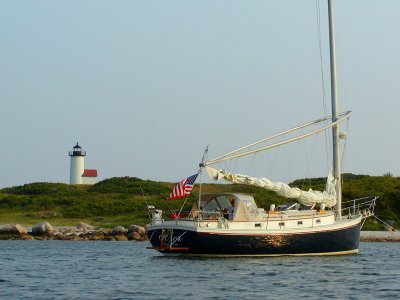

Over time, this care has naturally converged with concerns on the security of energy supply, the economics regarding an isolated, small-scale region, as well as the growing knowledge on the impact of greenhouse gases on climate. It is this respect that moulded the Romeiros’ pilgrimages around the islands in an attempt to appease the vulcanic bursts of activity, a sense of care for the landscape that is still imbued in the Azoreans of today. Isolated in the Atlantic, the Azores have always been an archipelago with a strong sense of respect for Mother Nature.
AZOR ISLANDS FULL
Buildings are under strict energy efficiency norms, following on the premises of the EPB Directive, although higher renovation rates are needed in order to reach full decarbonization by 2050. Transport by boat and airplane is available among the islands while transport to the mainland is ensured by airplane.Įnergy prices for electricity and fuels are the same on all islands, in an effort to preserve equity and cohesion across the territory. Transport on the islands is mostly done using individual road vehicles, a behaviour set to change with renewed public transport policies, growing urbanisation and fuel prices. About 20% of the Azores’ energy consumption goes into buildings, and around 40% are used for transportation. 60% of the Azores’ energy is imported from the mainland in the form of fossil fuels. Ocean lovers will relish in the multitude of dolphin and whale species and other submarine life that inhabits or crosses the seas of the Azores.Ĭapitalising on their local renewable energy resources, the Azores currently generate about 40% of their electricity from renewables, 60% of which come from geothermal energy (the remainder is provided mainly through wind and hydroelectric power). Valuing both tradition and progress, you will find endemic plant and animal species sharing their space with international species, such as Japanese cedars or Hydrangeas, as well as the various migratory birds that choose the Azorean soil to rest during their long intercontinental journeys.

Yet each of the islands has its own identity and is home to more than 250,000 people. Throughout the millennia, eruptions and earthquakes shaped a landscape with a common characteristic: the mark of volcanoes. Sites of particular interest include the historical centre of Angra do Heroísmo, the landscape of the Pico Island Vineyard Culture, which have both been classified as UNESCO World Heritage Sites, as well as the Biosphere Reserves Graciosa, Flores and Corvo. The archipelago has a long history of protecting its natural environment, which brought the Azores their reputation as a sanctuary of biodiversity and geodiversity and one of the favourite locations for Nature Tourism in the world.

Scattered along a 600km stretch of the ocean, you will find an abundance of stunning natural and cultural heritage.

Located in the middle of the North Atlantic Ocean, the archipelago is composed of nine islands and several islets of volcanic origin: Flores and Corvo in the West, Terceira, Graciosa, São Jorge, Pico and Faial in the Centre, and São Miguel and Santa in the East.Īlong with the archipelagos of Madeira, the Canary Islands and Cape Verde, the Azores belong to the biogeographic region of Macaronesia, a name that means "fortunate islands" – and fortunate they are!
AZOR ISLANDS CODE
To travel throughout the Azores is to get to know nine islands where the same genetic code generated profiles that are very distinct from one another.


 0 kommentar(er)
0 kommentar(er)
